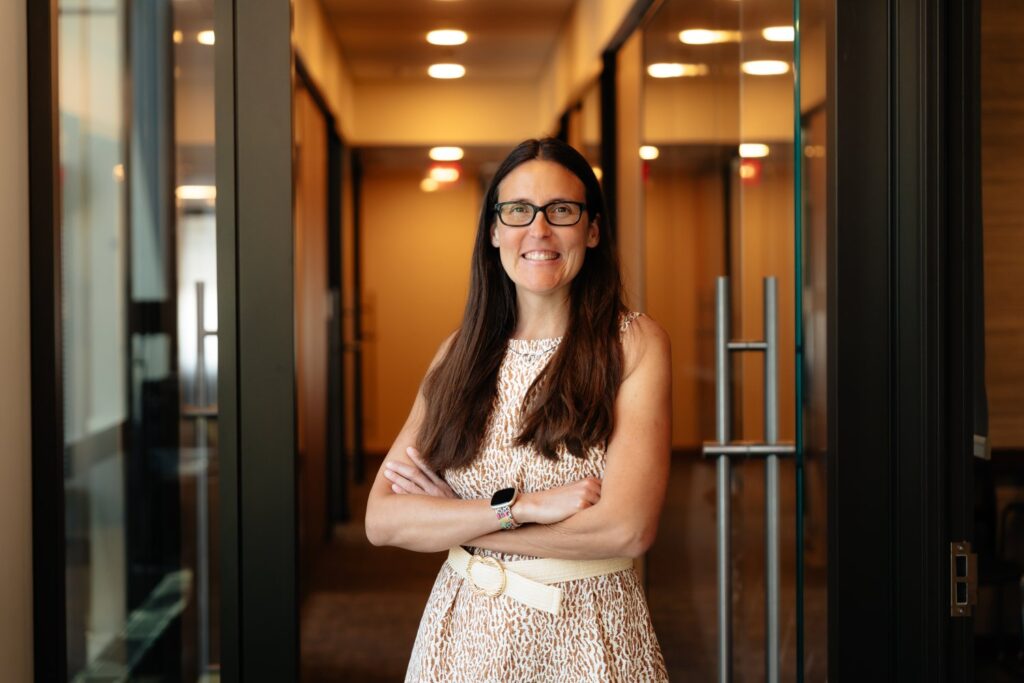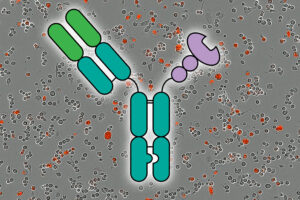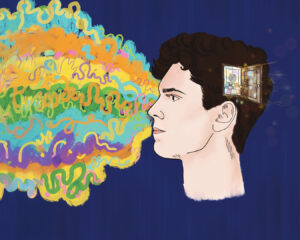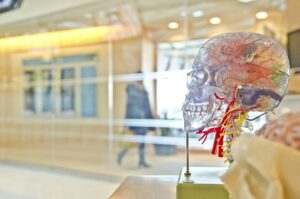
Caroline Uhler, a distinguished professor at MIT and director of the Eric and Wendy Schmidt Center at the Broad Institute, is at the forefront of a transformative era in biology and medicine. Her work focuses on leveraging machine learning to uncover causality in biological systems, a pursuit that is gaining momentum thanks to the current “data revolution” in these fields.
The availability of large-scale datasets, from genomics to high-resolution imaging, marks a pivotal moment for biological research. Uhler explains that advancements in DNA sequencing and molecular imaging have set the stage for a deeper understanding of the “programs of life,” such as gene circuits and cell communication, which underpin tissue patterning and genotype-phenotype mapping.
Machine Learning’s Role in Biology
The intersection of machine learning and biology is not just a one-way street. Uhler notes that while biology stands to benefit immensely from machine learning advancements, it also offers a fertile ground for inspiring new machine learning research. Unlike fields driven solely by predictive accuracy, biology’s focus on causal mechanisms presents unique challenges and opportunities for innovation.
Recent breakthroughs in machine learning, such as models like BERT and GPT-3, provide architectural blueprints that can be adapted to biological data. For instance, genomic sequences can be modeled similarly to language, and medical images can be analyzed with vision models. These capabilities are crucial as biology seeks to answer causal questions, such as the effects of gene perturbations on cellular processes.
Challenges and Opportunities in Biological Research
Despite the progress, certain biological challenges remain resistant to current tools. Uhler highlights the need for machine learning models that go beyond pattern recognition to support causal inference and experimental design. High-throughput perturbation technologies, like CRISPR screens and single-cell transcriptomics, generate rich datasets that demand innovative approaches to model complex biological systems.
Uhler emphasizes that solving these challenges could unlock new insights into cellular mechanisms and push the theoretical boundaries of machine learning. She believes that biology’s inherent complexity and the availability of genetic and chemical tools make it uniquely suited to inspire foundational developments in machine learning.
Recent Advances at the Schmidt Center
The Schmidt Center is spearheading initiatives to tackle these challenges. One such effort is the Cell Perturbation Prediction Challenge (CPPC), which aims to benchmark algorithms for predicting the effects of gene perturbations. This initiative reflects the center’s commitment to advancing methods that address causal prediction problems critical to biomedical sciences.
Moreover, significant strides have been made in disease diagnostics and patient triage. Machine learning algorithms now integrate diverse patient data sources, identify patterns, and help stratify patients based on disease risk. However, Uhler cautions against potential biases and the risk of automation bias in clinical decision-making.
Innovative Research Highlights
Among the exciting developments at the Schmidt Center is the PUPS method, developed in collaboration with Dr. Fei Chen. This method predicts the subcellular location of unseen proteins by combining a protein language model with an image in-painting model, enabling cell-type-specific predictions. Such advancements could provide insights into disease mechanisms by understanding protein localization.
Another breakthrough is Image2Reg, a method developed with Professor G.V. Shivashankar. It predicts genetically or chemically perturbed genes from chromatin images, utilizing convolutional neural networks and graph convolutional networks. This approach highlights the deep link between chromatin organization and gene regulation.
Furthermore, the MORPH method, recently developed by the center, predicts outcomes of combinatorial gene perturbations. It identifies causal gene interactions and guides the design of informative perturbations for lab experiments. This modular framework can be applied across various data modalities, advancing our understanding of cellular programs.
As biology and machine learning continue to converge, the implications for research and therapeutic applications are profound. The innovations emerging from the Schmidt Center and similar initiatives represent a new frontier in understanding the complex mechanisms of life.





